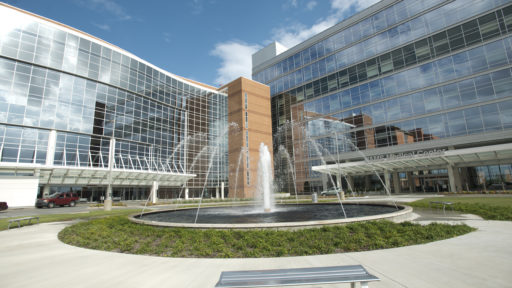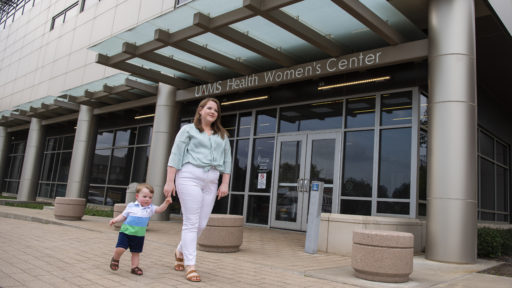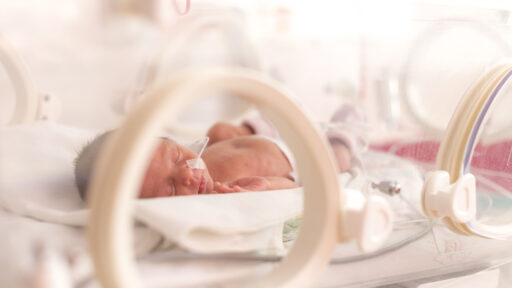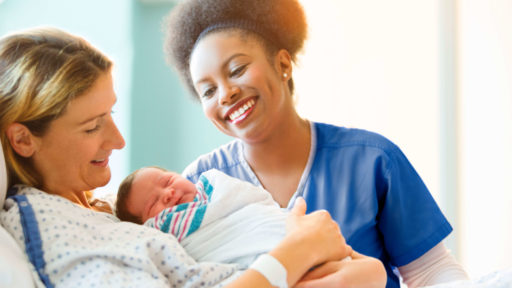Also called: Multiple Gestations
Carrying twins, triplets or “higher-order” pregnancy, meaning four or more babies) all fit under the category of multiple pregnancy. If more than one egg is fertilized and implants in the uterus it is called fraternal twins. When a single fertilized egg splits it results in identical embryos, and eventually babies.
What causes a multiple pregnancy?
A multiple pregnancy may be the result of fertility drugs, in vitro fertilization, age or genetic factors. Women over the age of 35 are more likely to release more eggs during a menstrual cycle than younger women.
How is a multiple pregnancy different from a single pregnancy?
Women who are pregnant with multiple embryos aren’t doing the classic, “eating for two,” they’re eating for three, four or more. The American College of Obstetricians and Gynecologists recommends an extra 300 calories per embryo for twins. Mothers of triplets or higher-order pregnancies should consult with their OB for nutritional guidance.
Exercise is an important part of every pregnancy, however, with multiples you might want to avoid strenuous activity. Low-impact exercises like swimming, walking, and prenatal yoga are great options. Aim for 30 minutes of activity a day as long as there are no complications. In some situations, your OB may recommend that you avoid exercise for the duration of your pregnancy.
Is there a higher risk of problems with multiple pregnancies?
There are some complications that may be more likely, however, you should be seeing your OB more often than a single pregnancy to monitor any such complications, should they arise.
The most common complication is preterm birth. More than half of all twins are born before the expected due date. Higher-order multiples are almost always born pre-term. Babies born before 37 weeks may have higher risk of short-term and long-term health problems, including problems breathing, eating and staying warm.





